Title : Study on surface disinfection of 254 nm pulsed ultraviolet laser
Abstract:
Objective: With the rapid development of laser application technology in recent years, it is possible to carry out rapid and environmentally friendly disinfection by using laser to generate pulsed ultraviolet radiation in specific bands. The germicidal efficacy of continuous ultraviolet and pulsed ultraviolet laser on pathogenic microorganisms was compared and analyzed.
Methods: We have developed an ultraviolet laser that can generate 254nm ultraviolet light. In this study, the glass slides infected with Escherichia coli and Bacillus atrophaeus were disinfected by ultraviolet mercury lamp and ultraviolet laser with the wavelength of 254 nm, and the carrier quantitative germicidal test was used to determine the disinfection efficacy at different irradiation doses.
Results: The killing log values of Escherichia coli and Bacillus atrophaeus were 5.00 and 2.92 when the irradiation dose of ultraviolet mercury lamp was 245 mJ/cm2, and the average log-reduction dose were 49.20 mJ/cm2 and 84.08 mJ/cm2 respectively, while the killing log values of Escherichia coli and Bacillus atrophaeus were 6.29 and 3.18 when the irradiation dose of ultraviolet laser was 208 mJ/cm2 and 125 mJ/cm2, and the average log-reduction dose were 33.13 mJ/cm2 and 62.29 mJ/cm2 respectively.
Conclusions: This experimental study shows that compared with continuous ultraviolet, pulsed ultraviolet laser has stronger penetration ability and better sterilization effect to pathogenic microorganisms at the same radiation dose, based on this, pulsed ultraviolet laser can disinfect on the surface of objects directionally.



